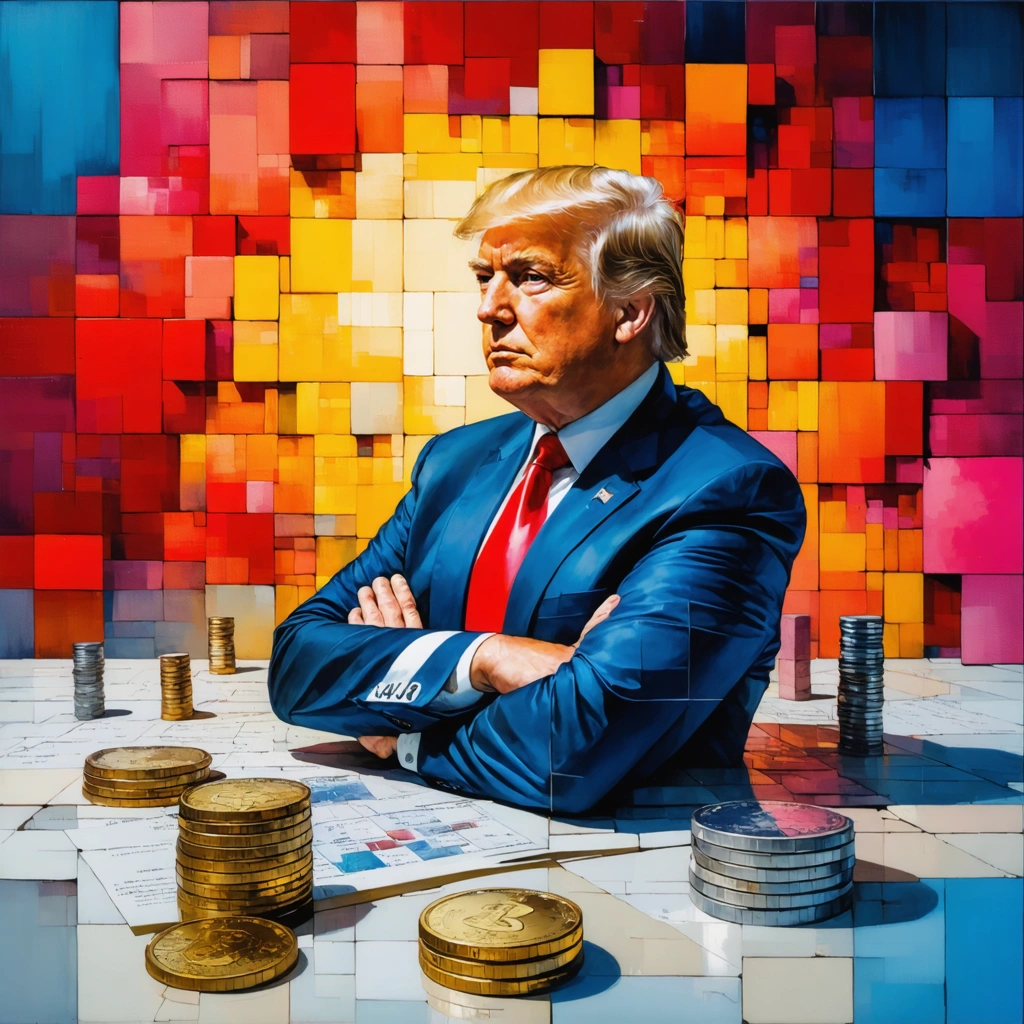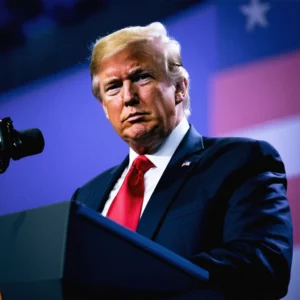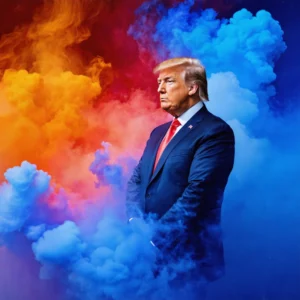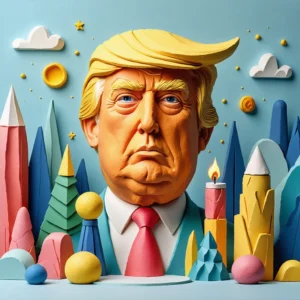
Introduction
The current global economic landscape is witnessing a subtle yet significant risk emerging from political and economic maneuvers. In recent years, the United States’ approach to international trade—specifically the tariff policies adopted during President Trump’s tenure—has raised several questions regarding market stability and the confidence of foreign investors. This article examines the potential consequences if international investors begin to shun U.S. government debt, placing a spotlight on the implications for the U.S. economy and global financial markets.
The Foundations of Tariff Policies Under Trump
Background and Rationale
Under Trump’s administration, tariffs were used as both a diplomatic and economic tool aimed at rebalancing trade deficits and protecting domestic industries. This unorthodox strategy included imposing aggressive tariffs on key trading partners. The initial objective was clear: to incentivize fairer trade practices. However, the strategy inadvertently introduced a game of risks where market confidence became as crucial as policy impact.
Analysis of Tariff Impacts
- Economic Uncertainty: The rapid imposition of tariffs created an environment that many investors found less predictable.
- Supply Chain Disruptions: Certain industries experienced significant disruptions, leading to increased operational costs and market volatility.
- Retaliatory Measures: Trade partners responded with reciprocal tariffs, further exacerbating economic uncertainty.
These impacts underline the complexity of using tariffs as a direct economic lever and set the stage for examining the specific risks associated with foreign investment in U.S. government debt.
Risks of Foreign Investors Shunning U.S. Government Debt
The Role of U.S. Government Debt in Global Finance
U.S. government debt has traditionally been viewed as a safe-haven asset for global investors. It underpins the credibility of the U.S. economy and anchors the global financial system. Any significant shift in investor behavior toward U.S. debt instruments could signal instability and lead to several cascading effects.
Potential Consequences
If foreign investors start divesting from U.S. government debt, several potential outcomes may materialize:
- Rising Interest Rates: Reduced demand for U.S. Treasuries could force the U.S. government to offer higher yields, increasing the cost of borrowing.
- Currency Depreciation: A shift away from U.S. assets may contribute to a decline in the dollar’s value, impacting international trade and investment flows.
- Market Volatility: The ensuing uncertainty could provoke significant market fluctuations, which would ripple across global financial markets.
These factors highlight the systemic risk posed by a potential retreat of foreign investors from U.S. debt markets.
Interconnections Between Tariff Policies and Foreign Debt Investment
Policy Interactions and Market Reactions
| Factor | Impact of Tariffs | Consequences on Debt Markets |
|---|---|---|
| Economic Sentiment | Creates negative sentiment by disrupting trade | Universally lower confidence in U.S. fiscal stability |
| Market Liquidity | Decreases liquidity due to uncertainty | Elevates risk premium, reducing investor appetite |
| Global Capital Flows | Diverts capital to alternative, stable markets | Potential capital outflows from U.S. markets |
This table illustrates the multi-dimensional effects of U.S. tariff policies on the stability of government debt markets, emphasizing the interconnectedness of policy decisions and market outcomes.
Steps to Mitigate the Risk
Policy Recommendations
To manage and mitigate these risks, several strategic actions could be recommended:
- Enhanced Diplomatic Engagement: Strengthening dialogue with trading partners can help manage retaliatory actions and reassure investors.
- Fiscal Reforms: Implementing sound fiscal policies alongside trade measures could bolster investor confidence internally and externally.
- Transparent Communication: Clear, consistent communication regarding economic strategies could reduce the margin for uncertainty among international investors.
Strategies for Investors
Investors must also consider strategic adjustments to navigate the potential volatility in U.S. government debt markets. Key approaches include:
- Diversification of Portfolios: Allocating investments across a mix of assets to minimize exposure to U.S. debt volatility.
- Risk Assessment and Management: Engaging in comprehensive risk analyses to understand the impact of policy shifts.
- Monitoring Global Trends: Staying informed about geopolitical and economic developments to swiftly adjust investment strategies.
Both government policymakers and investors are required to adapt their strategies to ensure market stability amidst evolving economic policies and global investor sentiment.
Future Outlook and Concluding Thoughts
Long-Term Considerations
Looking toward the future, the potential for a shift in foreign investor behavior represents a significant risk factor. As U.S. policy continues to evolve, it becomes essential to consider long-term structural reforms that not only address tariff imbalances but also solidify the U.S. financial system. Key areas for future development include:
- Sustainable Fiscal Policies: Initiating policies that are both growth-oriented and fiscally responsible.
- Innovation in Trade Agreements: Developing new frameworks that accommodate modern global trade challenges.
- Strengthening Domestic Markets: Enhancing the resilience of domestic financial markets to reduce over-dependence on foreign capital.
Conclusion
In summary, the intricate interplay between Trump’s tariff policies and the behavior of foreign investors towards U.S. government debt presents a multifaceted challenge. While the risk may initially appear minor, the cascading effects—including higher interest rates, market volatility, and global capital shifts—are far-reaching. A balanced approach involving transparent policymaking, improved international diplomacy, and robust domestic economic strategies is essential to navigate these complexities. Only through such comprehensive measures can the U.S. effectively manage potential financial disruptions and preserve its position as a cornerstone of global economic stability.




